The 1980s ushered in a unique era where homework wasn’t just a task but an experience altogether. With the digital age still on the horizon, students tackled assignments in ways that are almost unrecognizable today.
From reliance on physical textbooks to the absence of online resources, homework was a hands-on affair that required creativity and resourcefulness. This article explores fourteen distinct aspects of how homework differed in the ’80s, revealing the charm and challenges of a pre-digital academic world.
Relying on Encyclopedias
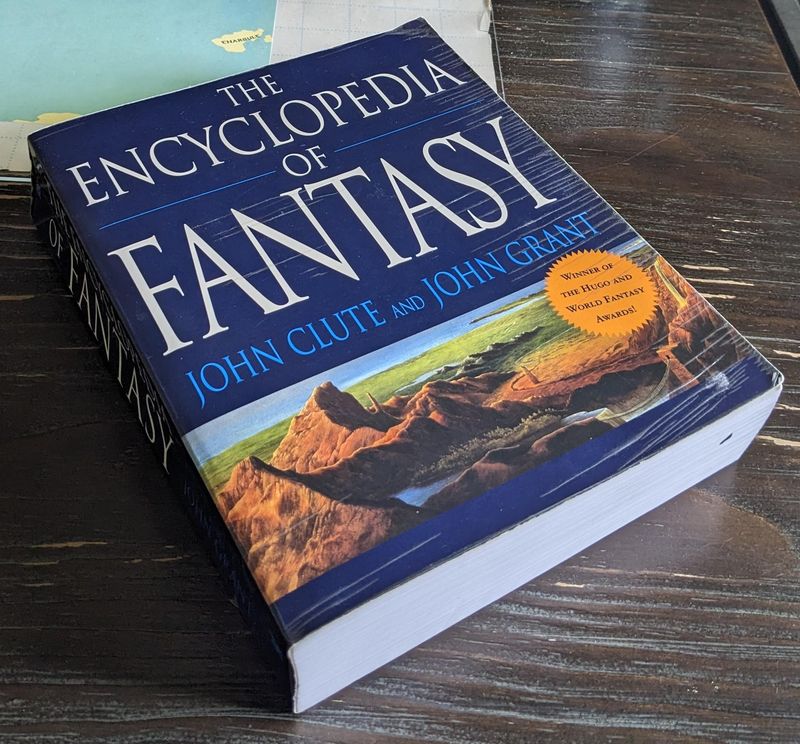
Back in the ’80s, encyclopedias were the go-to resource for any school project. These hefty volumes, often occupying entire shelves, were packed with information on a wide array of topics.
Students would spend hours combing through them to find relevant data for assignments. This process, unlike a quick online search, demanded patience and diligence.
It was common to find a family set of encyclopedias, passed down through generations, harboring handwritten notes in the margins. The tactile experience of flipping through pages added a personal touch to learning that digital screens lack.
Typed Assignments on Typewriters
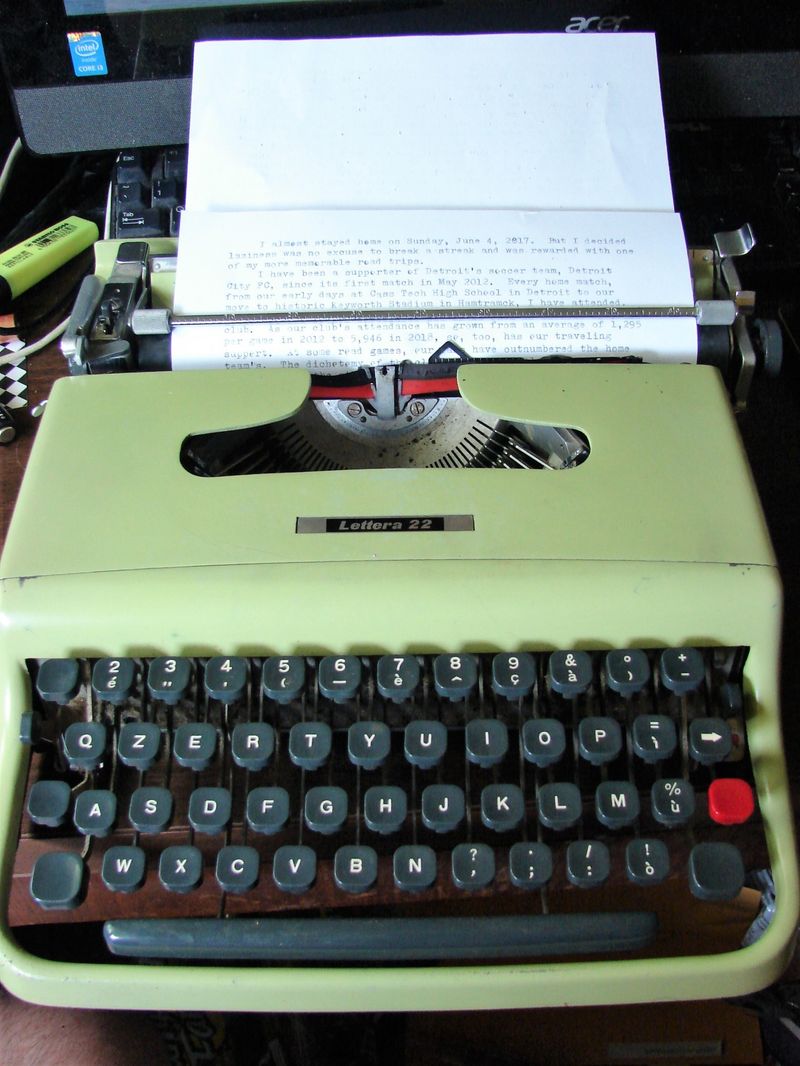
Typewriters were a staple in many households, and typing up assignments was a skill unto itself. Mistakes meant a messy correction with white-out or starting over entirely.
Each keystroke required intention and care, leading to a slower but more deliberate writing process. The sound of keys clacking away was a familiar soundtrack in homes during homework time.
This process taught students not just typing skills but also patience and attention to detail. Unlike computers, there was no delete button—each error was a lesson in precision.
Library Visits for Research
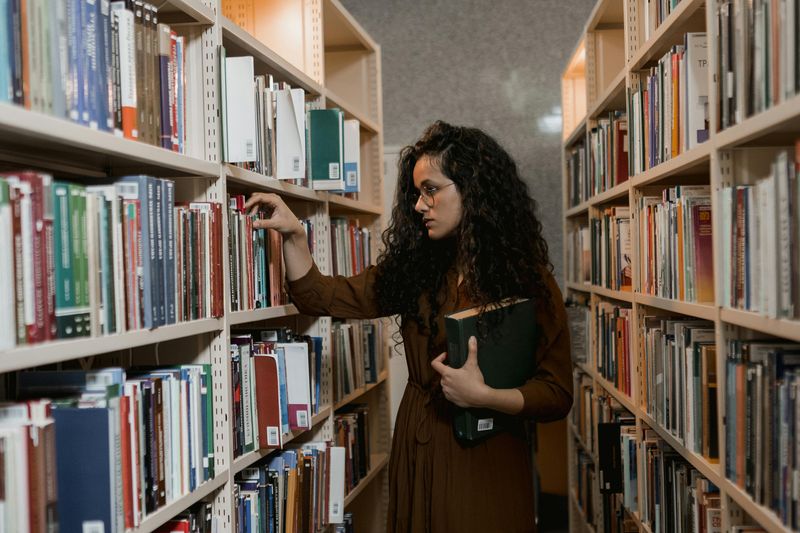
Before the internet, libraries were the hub of knowledge for students. Weekly visits were often necessary to gather information for homework projects.
The library was not just about books; it was a space for discovery and learning. Students learned to navigate the card catalog system to find the resources they needed.
This exploration fostered a sense of independence and problem-solving. The quiet environment of the library offered a distraction-free zone, something many find hard to replicate in today’s digital age.
Handwritten Essays and Reports

Handwriting was an essential part of completing homework, requiring students to perfect their penmanship. Essays and reports were often written on lined paper, with each letter carefully crafted.
This practice not only improved handwriting skills but also encouraged students to think through their sentences before writing them down. With no spell check, attention to grammar and spelling was crucial.
The act of writing by hand connected students with their work in a way typing cannot. Each assignment bore the unique imprint of its author’s handwriting style.
Phone Calls for Group Projects
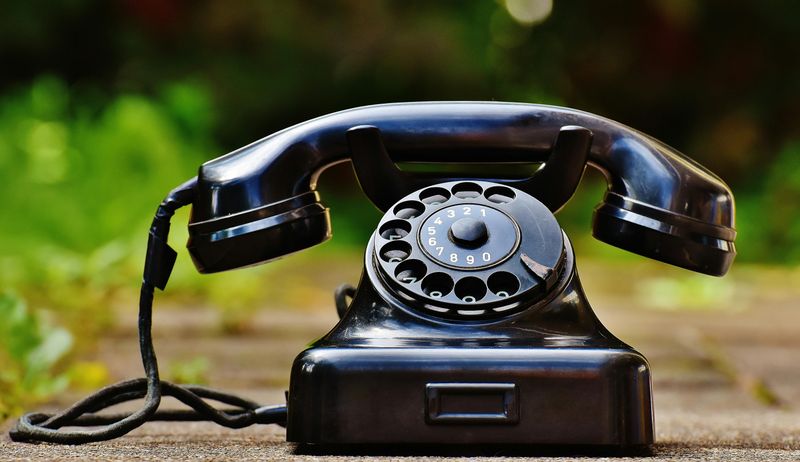
Coordinating group projects without the internet meant relying on landline phones. Evening calls to classmates were common, with conversations that often involved negotiating meeting places and times.
This method of communication taught students interpersonal skills and the importance of clear, effective dialogue. Unlike emails or messaging apps, phone calls added a personal touch to group collaboration.
The lack of instant messaging made each interaction more meaningful, as responses weren’t instantaneous. These calls were a crucial part of teamwork, fostering bonds that digital communication sometimes lacks.
Using Calculators Sparingly

Calculators were not an everyday tool; they were used sparingly, primarily for complex calculations. Most math homework required manual computation, reinforcing arithmetic skills.
Students were encouraged to show their work, detailing each step of the problem-solving process. This practice ensured a deeper understanding of mathematical concepts.
Calculators, when allowed, were basic with limited functions compared to today’s graphing versions. This limitation meant students had to rely heavily on their understanding and logic, rather than technology, to solve problems.
Filmstrips for Visual Learning
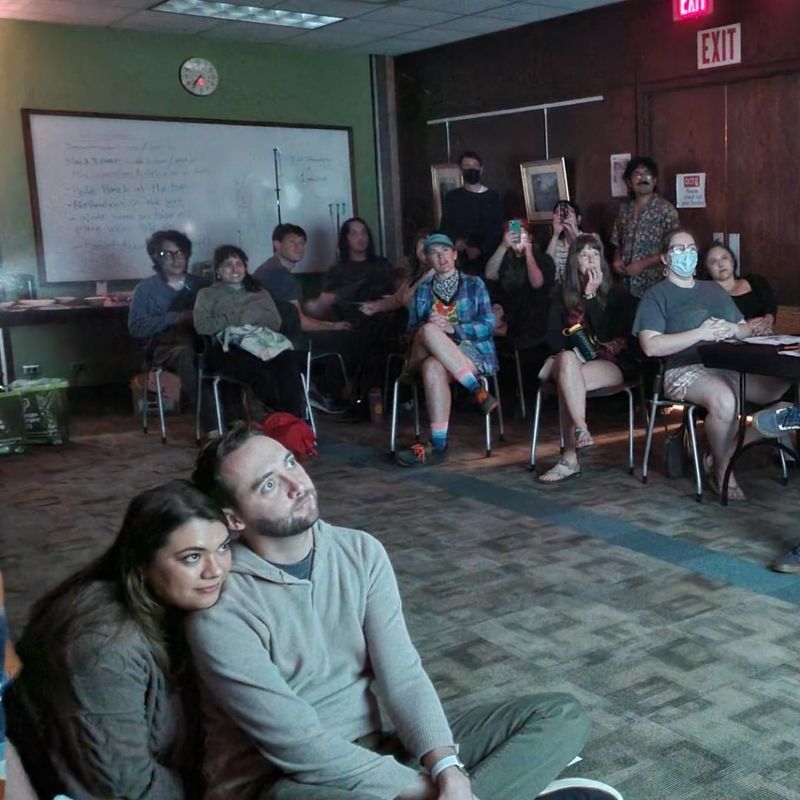
Filmstrips were a popular educational tool, bringing subjects to life with visual and auditory elements. Teachers would dim the lights and start the projector, and students would watch intently, often taking notes on what they saw.
This method provided a break from textbook learning, offering a dynamic way to understand complex topics. Filmstrips demanded active listening and observation, skills that are still valuable today.
This multimedia approach was an early precursor to modern educational videos, but with a distinctly analog charm.
Limited Use of Photocopiers
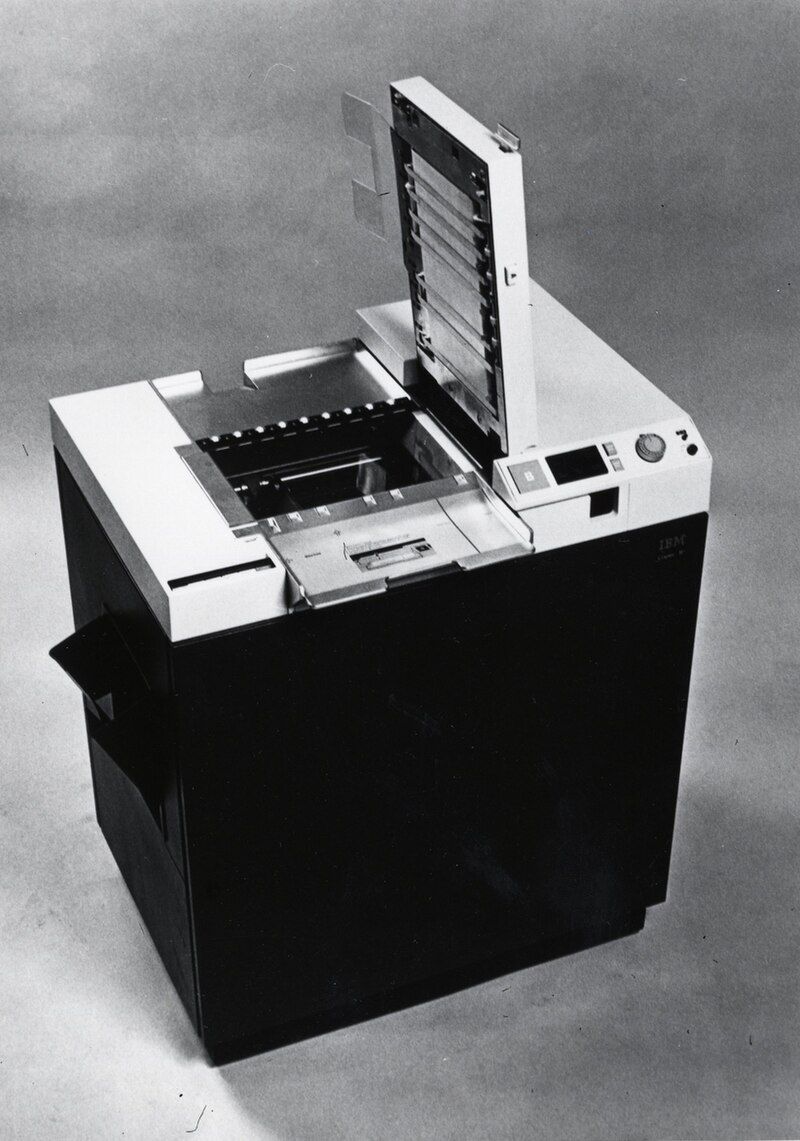
Copying homework sheets in the 1980s involved using bulky, often temperamental photocopiers. These machines were found in libraries and offices, and making copies was neither quick nor easy.
Students had to be precise, aligning papers correctly to avoid wasting precious resources. Photocopiers were not common household items, making access limited and sometimes requiring a trip to another location.
This scarcity encouraged creativity and resourcefulness, as students often had to find alternative ways to share materials, like handwriting copies for peers.
Cassette Recorders for Language Learning
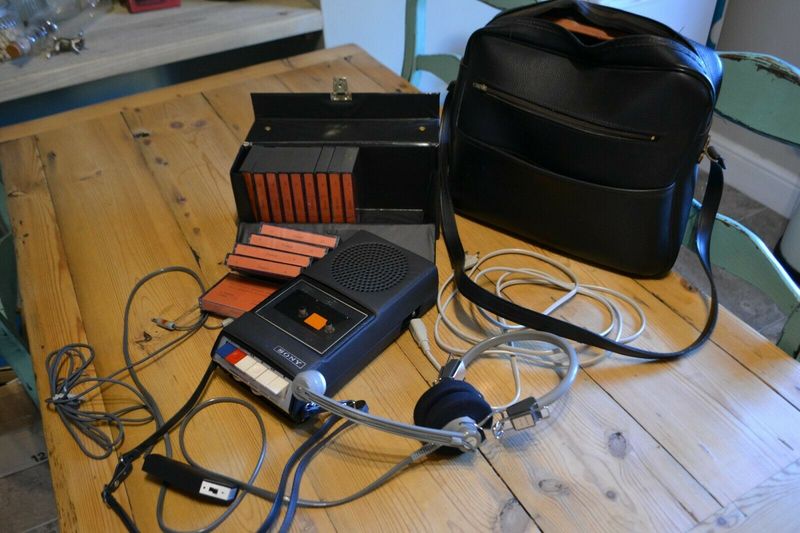
Cassette recorders were an innovative tool for learning languages, allowing students to listen and repeat phrases at their own pace. Language tapes played a crucial role, offering authentic pronunciation and dialogue practice.
This hands-on approach helped reinforce listening skills and encouraged active participation. Students could rewind and replay sections, tailoring their learning experience.
Unlike today’s digital platforms, cassette learning was more tactile and interactive, demanding focus and engagement. This method fostered a deeper connection with the material, as students progressed at a self-directed pace.
Writing Letters to Pen Pals
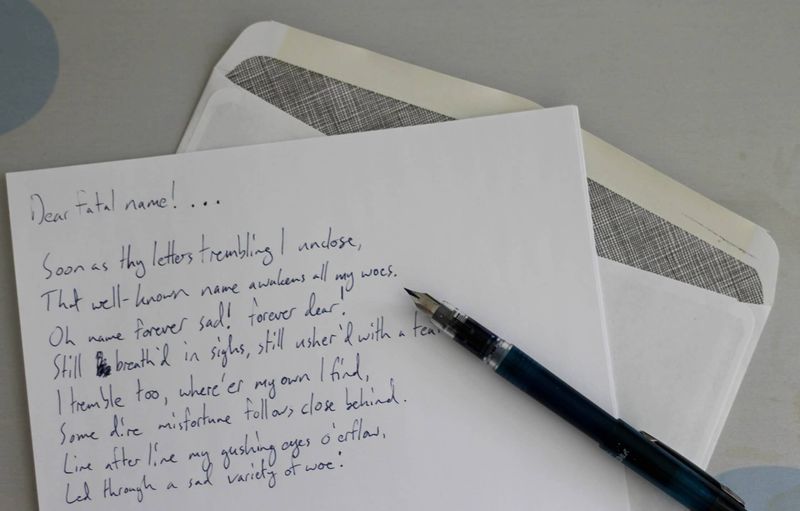
Writing to pen pals was a popular way to enhance writing skills and learn about different cultures. Students exchanged letters with peers from other countries, practicing grammar and composition in a real-world context.
This correspondence offered a unique glimpse into life outside their immediate environment. Each letter was a new opportunity to share experiences and build friendships across borders.
Unlike digital communication, letters took time to craft and deliver, teaching patience and anticipation. This practice broadened horizons, offering insights into diverse perspectives.
Chalkboards for Problem Solving
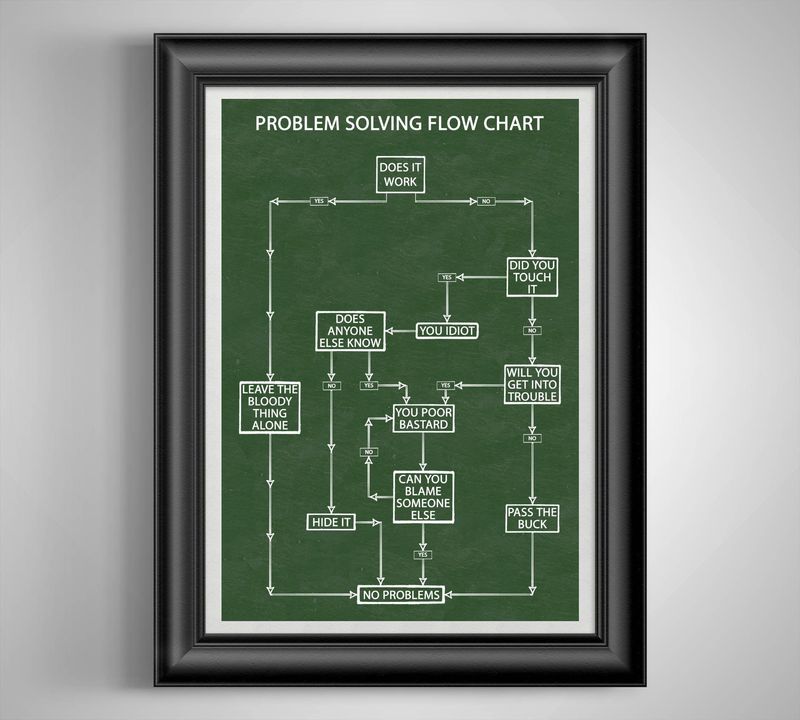
Chalkboards were central to classroom learning, especially for solving math problems. Teachers would demonstrate concepts step-by-step, with students following along and copying notes into their own notebooks.
This visual and auditory teaching method helped reinforce learning, as students actively engaged with the material. Chalkboards required regular maintenance, like erasing and re-chalking, adding a tactile element to the learning experience.
This traditional approach fostered focus and discipline, skills that are essential even in today’s tech-driven classrooms. The simplicity of chalkboards made learning tangible and accessible.
Textbook-Centric Learning
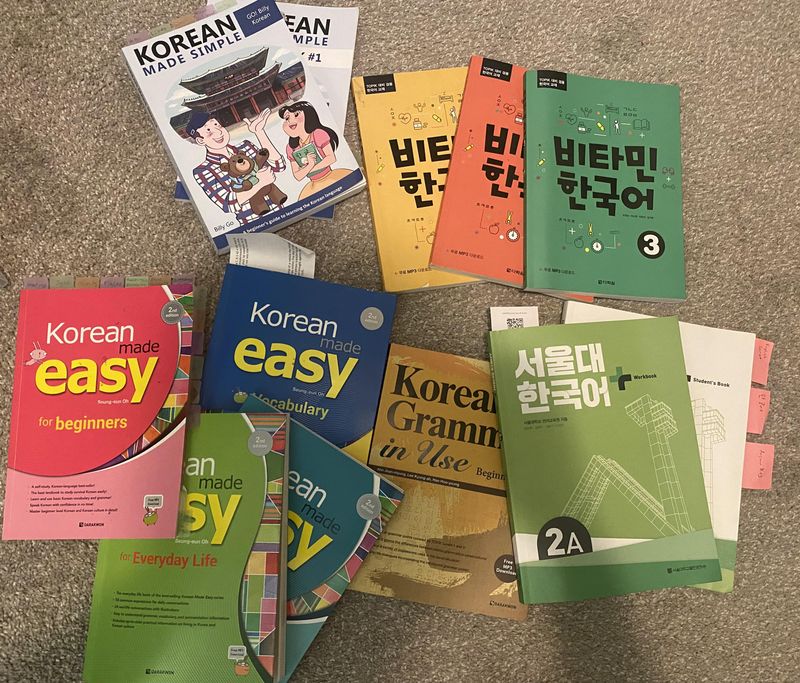
Textbooks were the cornerstone of homework, often the only resource available for study outside of class. These books were packed with detailed information, illustrations, and practice problems.
Students spent countless hours reading and highlighting key sections to prepare for exams. This method of learning demanded active engagement, as students had to interpret and synthesize information independently.
Unlike today’s digital platforms, textbooks provided a linear learning experience, fostering concentration and deep comprehension. The physical presence of textbooks made study time a focused, immersive activity.
VHS Tapes for Supplementary Learning
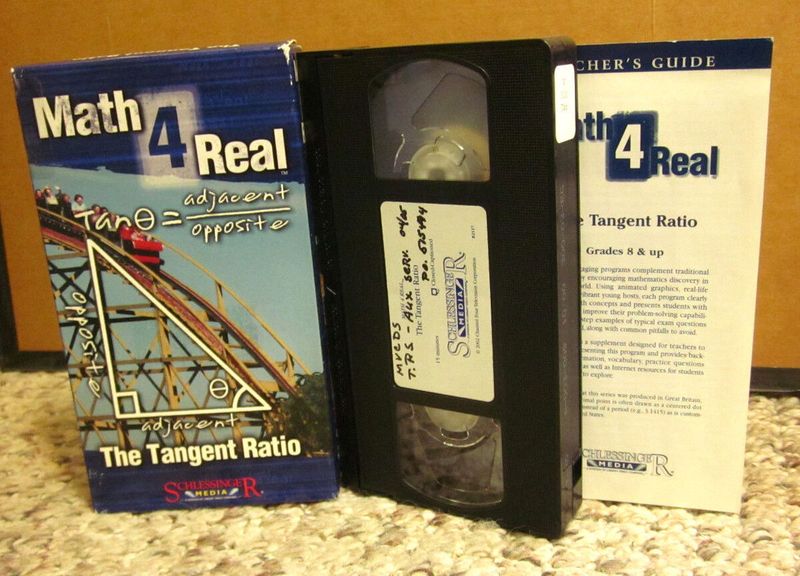
VHS tapes were used to supplement learning, providing access to educational programs at home. Teachers often assigned specific videos to watch as part of homework, expanding on classroom concepts.
Viewing these programs offered a multimedia experience, blending visual and auditory learning. Unlike instant streaming, VHS required planning—ensuring the tape was rewound and the VCR set correctly.
This analog format encouraged active watching, as students couldn’t easily skip ahead. VHS tapes brought subjects to life, offering a richer understanding beyond the textbook.
Balancing Homework and Leisure

Balancing study with leisure activities was a crucial skill in the ’80s. After school, students would often spend hours on homework, but they also made time for outdoor play or listening to music on a Walkman.
This balance taught time management and the importance of taking breaks. Unlike today’s digital distractions, leisure activities were often more physical or involved creative pursuits.
This blend of work and play nurtured well-rounded individuals, instilling values of discipline and relaxation. The 1980s approach to homework highlighted the importance of a healthy lifestyle.
